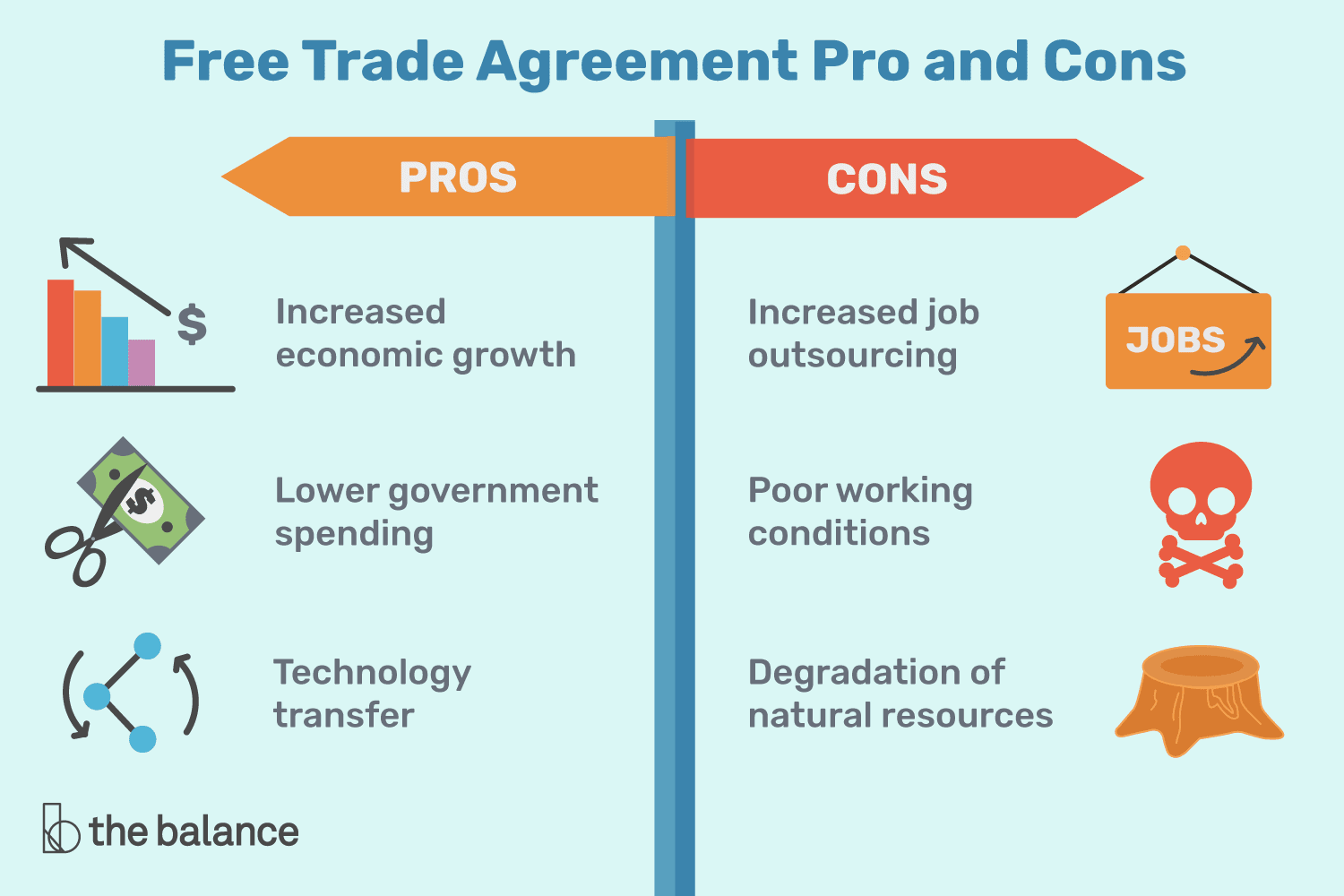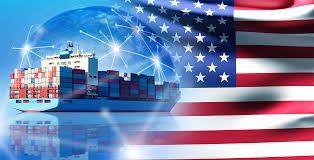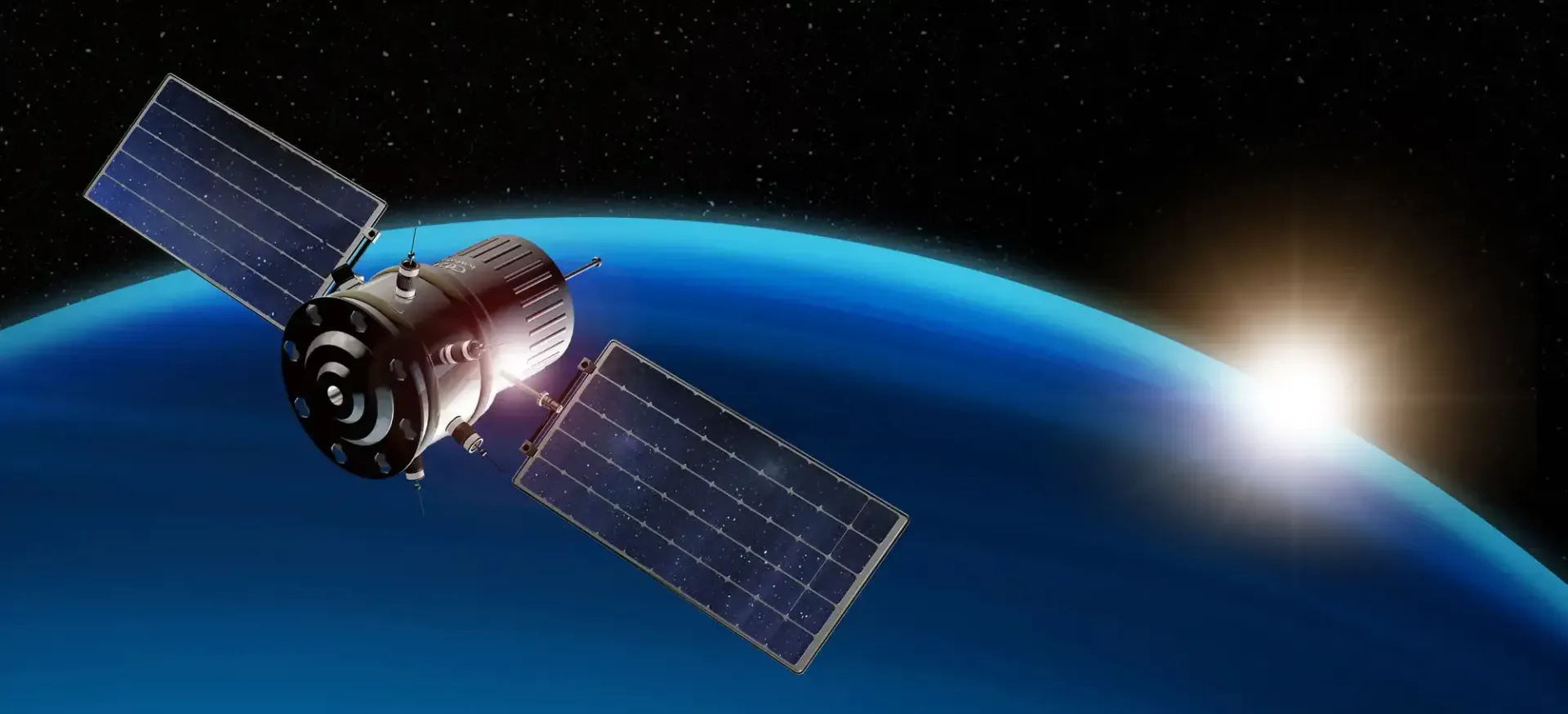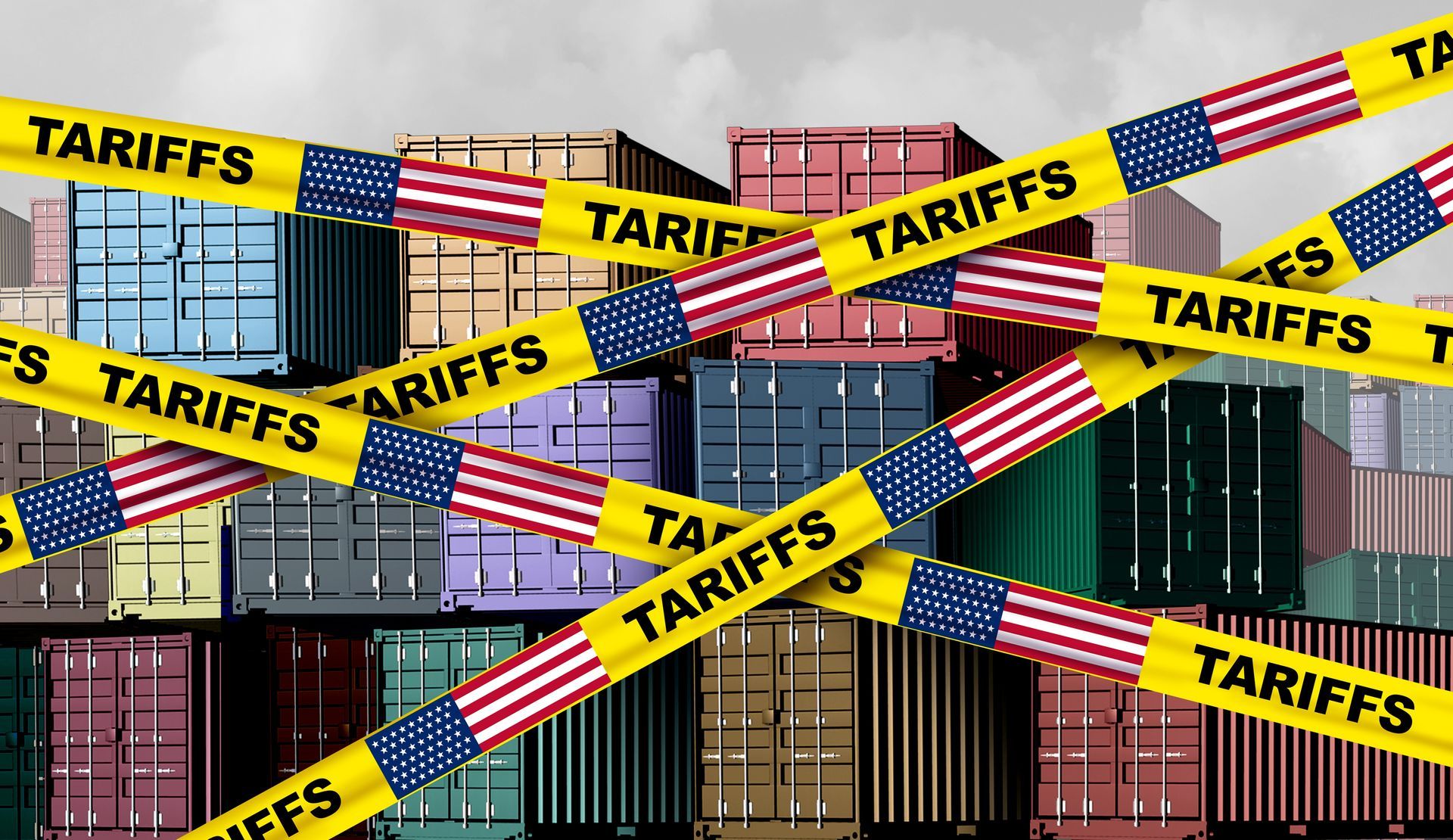Taking Advantage of Free Trade with Eligible Countries
Free Trade Agreements (FTAs) and U.S. Economic Influence: A Snapshot of 20 Countries
Free trade agreements (FTAs) are vital tools for the United States, designed to open international markets to American businesses, enhance the competitiveness of U.S. products abroad, and give consumers access to a broader range of goods in the global marketplace. These agreements also grant the U.S. increased political influence, integrating partner countries into the American economy and making them less likely to align with rivals such as China or Russia. Republican presidents have typically championed FTAs, viewing them as beneficial to business and an essential means of exerting American influence internationally.
However, FTAs are controversial. Critics argue that they can lead to the relocation of jobs overseas, as businesses seek to produce goods where labor and materials are cheaper. There are also concerns that FTAs can erode local cultures and lead to cultural homogenization, which is often felt more acutely by smaller, less dominant cultures. These concerns have made FTAs less popular within the Democratic Party.

Key Points:
- Maximize Your Business Potential: Accurate reviews and checks are key to unlocking success in the global marketplace.
- The U.S. has FTAs with some of its closest allies, though generally with economies smaller than its own.
- Major allies like Japan, the UK, and the European Union do not have FTAs with the U.S. due to the complexity and scale of their trade relations.
Below is a review of the U.S. Free Trade Agreements with 20 countries, some of which may surprise you in terms of who’s included—or left out.
U.S. Free Trade Agreements with 20 Countries
1. Australia
- Started: January 1, 2005
- U.S. President: George W. Bush
- Australia is a close U.S. ally with strategic military ties, including a U.S. base in Darwin.
2. Bahrain
- Started: August 1, 2006
- U.S. President: George W. Bush
- An oil-rich ally in the Persian Gulf, Bahrain has supported the U.S. in regional conflicts.
3. Canada
- Started: July 1, 2020 (replaced NAFTA)
- U.S. Presidents: Bill Clinton, Donald Trump
- Canada is one of the U.S.'s top two trading partners and a NATO ally.
4. Chile
- Started: January 1, 2004
- U.S. President: George W. Bush
- A stable and democratic ally in South America, Chile is a key source of agricultural products.
5. Colombia
- Started: November 1, 2006
- U.S. President: George W. Bush
- Colombia is a strategic partner in the fight against drug trafficking and a counterbalance to Venezuela.
6. Costa Rica
- Started: January 1, 2009
- U.S. President: George W. Bush
- Known as the "Switzerland of Central America," Costa Rica is a popular destination for American retirees.
7. Dominican Republic
- Started: March 1, 2007
- U.S. President: George W. Bush
- A prosperous country in the Caribbean, the Dominican Republic shares an island with Haiti.
8. El Salvador
- Started: March 1, 2006
- U.S. President: George W. Bush
- El Salvador has made progress in fighting crime, improving relations with the U.S.
9. Guatemala
- Started: July 1, 2006
- U.S. President: George W. Bush
- A major source of undocumented immigrants, Guatemala benefits from trade that creates jobs and reduces migration pressures.
10. Honduras
- Started: April 1, 2006
- U.S. President: George W. Bush
- Vital to U.S. interests in the 1980s, Honduras remains a key regional partner.
11. Israel
- Started: September 1, 1985
- U.S. President: Ronald Reagan
- The first U.S. free trade agreement, reflecting the strong historical ties between the U.S. and Israel.
12. Jordan
- Started: December 17, 2001
- U.S. President: George W. Bush
- A moderate Arab nation with close ties to both Israel and the U.S.
13. Mexico
- Started: July 1, 2020 (replaced NAFTA)
- U.S. Presidents: Bill Clinton, Donald Trump
- One of the U.S.'s top trading partners, Mexico shares extensive economic and cultural ties with the U.S.
14. Morocco
- Started: January 1, 2006
- U.S. President: George W. Bush
- The first country to recognize U.S. independence, Morocco has a historic partnership with the U.S.
15. Nicaragua
- Started: April 1, 2006
- U.S. President: George W. Bush
- Following the end of the Sandinista government, trade relations with Nicaragua improved.
16. Oman
- Started: January 1, 2009
- U.S. President: George W. Bush
- A key Gulf partner in the Gulf War, Oman secured an FTA as part of its support for U.S. efforts.
17. Panama
- Started: July 11, 2007
- U.S. President: George W. Bush
- Panama is crucial for maintaining the smooth operation of the Panama Canal, a vital U.S. shipping route.
18. Peru
- Started: February 1, 2009
- U.S. President: George W. Bush
- A vital U.S. partner on the West Coast of South America, alongside Chile and Colombia.
19. Singapore
- Started: January 1, 2004
- U.S. President: George W. Bush
- A prosperous and strategically located city-state, Singapore plays a key role in global trade.
20. South Korea
- Started: June 30, 2007
- U.S. President: George W. Bush
- A long-standing U.S. ally, South Korea is a key partner in the region and hosts 24,000 U.S. troops to deter North Korean threats.
The United States has established free trade agreements with 20 countries that span continents and economic sectors, reflecting its strategic and economic interests. While these agreements promote American exports, create jobs, and strengthen political ties, they also come with challenges and controversies. Some major allies, like Japan and the EU, do not have FTAs with the U.S. due to the complexity of their trade relations, which highlights the ongoing debates around global trade and the impact of these agreements.
Get actionable advice on cost-saving strategies that boost your bottom line.
Subscribe here:




















